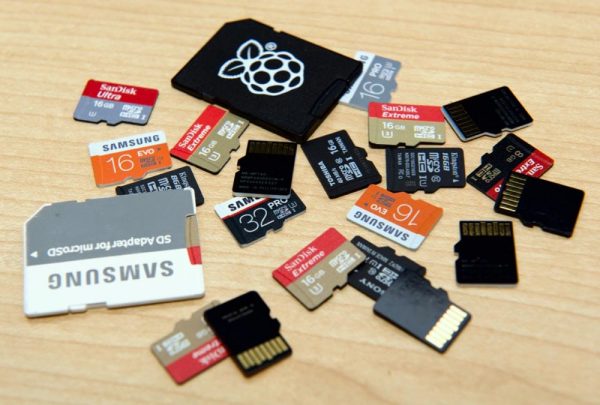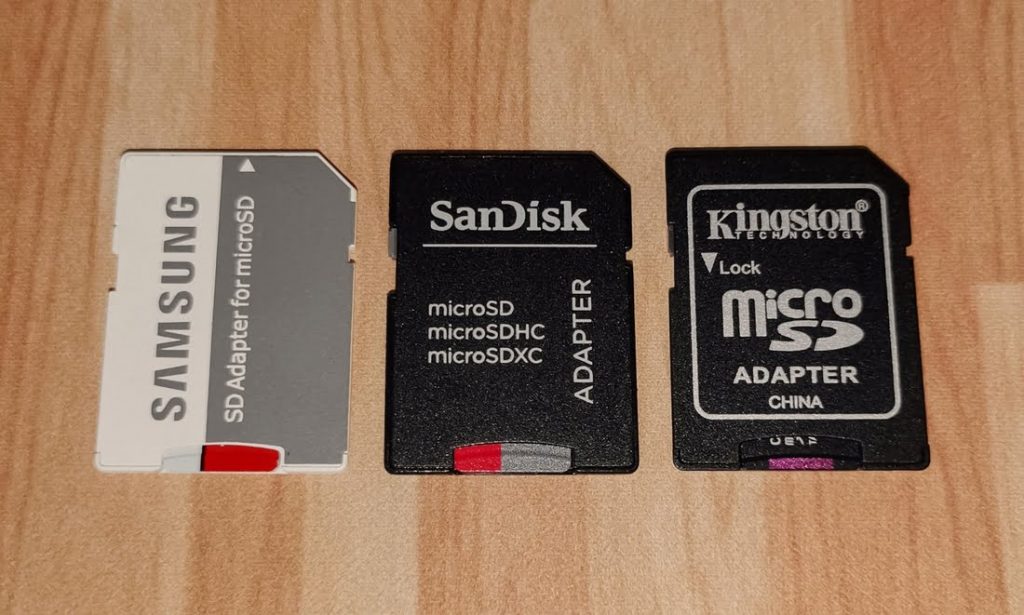
A comparison test of three inexpensive and high capacity memory cards: Samsung Evo Plus, SanDisk Ultra and Kingston Canvas Select Plus
Memory cards come from a variety of manufacturers, but Samsung, SanDisk and Kingston are the most popular ones. Therefore, it was decided to test cards from these manufacturers. However, there were cards with different capacities: from 128 to 512 gigabytes. But even with this difference the comparison of cards will be quite correct, because only their capacities differ, but such indicators as reading and writing speeds are practically similar. However, it is worth noting that Kingston cards are cheaper than SanDisk and Samsung cards with similar specifications.
All cards have a vendor-requested read speed of 100MB/s, while the Samsung card packaging shows a write speed of 90MB/s. Also, the Samsung Evo Plus and Kingston Canvas Select Plus cards are listed as U3 V30, while the SanDisk Ultra card is listed as U1 V10.
All three cards are sold in standard blister-type plastic packaging, complete with memory card + adapter. The package contains the basic product specifications, and the SanDisk card also has a hidden code to ensure the card’s authenticity.
The quality of the adapters is somewhat different. Samsung has the highest quality, followed by SanDisk and Kingston.
Memory cards were tested on a Lenovo Legion 7 laptop and a Motorola Moto G100 smartphone using the following software: CrystalDiskMark v8.0 (Windows 10), ATTO Disk Benchmark v4.01 (Windows 10), Flash Memory Toolkit v2.01 (Windows 10) and SD Card Test v1.9 (Android 12). The default file systems are stored on the cards.

When comparing the actual capacity of the cards to the declared capacity, the Kingston card showed 461 gigabytes while it should have shown 476 gigabytes.
When testing the write speed parameter, the Samsung and Kingston cards performed in line with their U3 V30 class. The SanDisk card performed worse, which is understandable as its class is lower than the other two cards.
When copying the same 10 gigabyte file onto the cards, the Kingston card was the best performer, with a sustained copy speed of 82MB/s during the entire process. The Samsung card was tested with roughly similar results. The SanDisk card scored 49MB/s.
When copying data packs of 20,800 files to the SanDisk and Kingston cards, and a data pack of 13,000 files to the Samsung card, the speeds were roughly the same. But the Samsung card was tested twice: with FAT32 and exFAT file systems. The exFAT system showed the same read performance as FAT32, but the write speed was halved.
Based on the test results, we can say that the Kingston card, with its lower capacity and relatively low cost, surpassed the more expensive SanDisk and Samsung in all other indicators.





